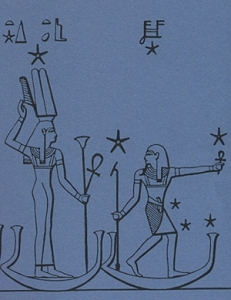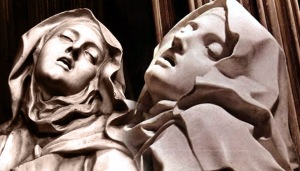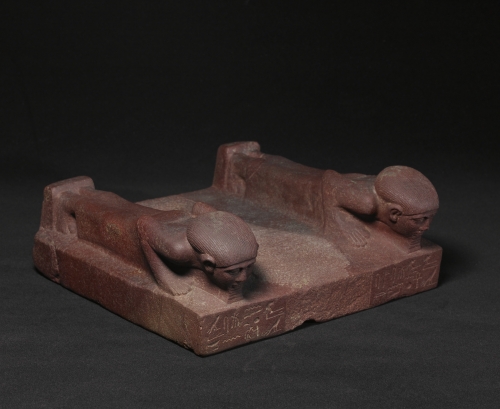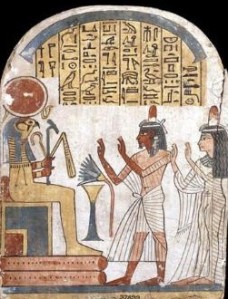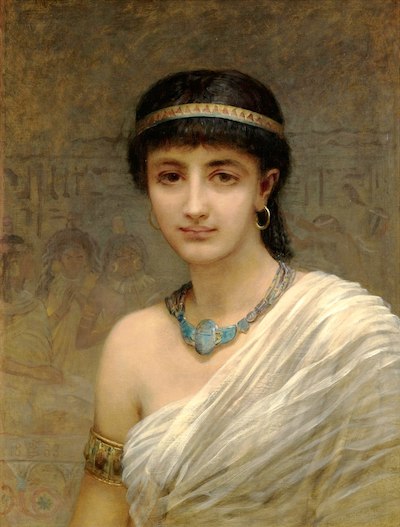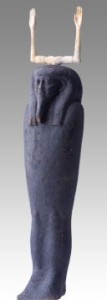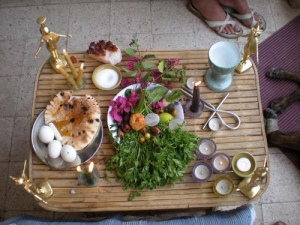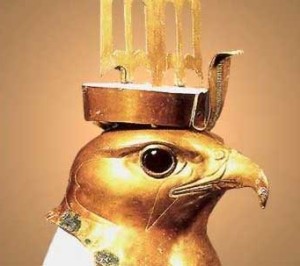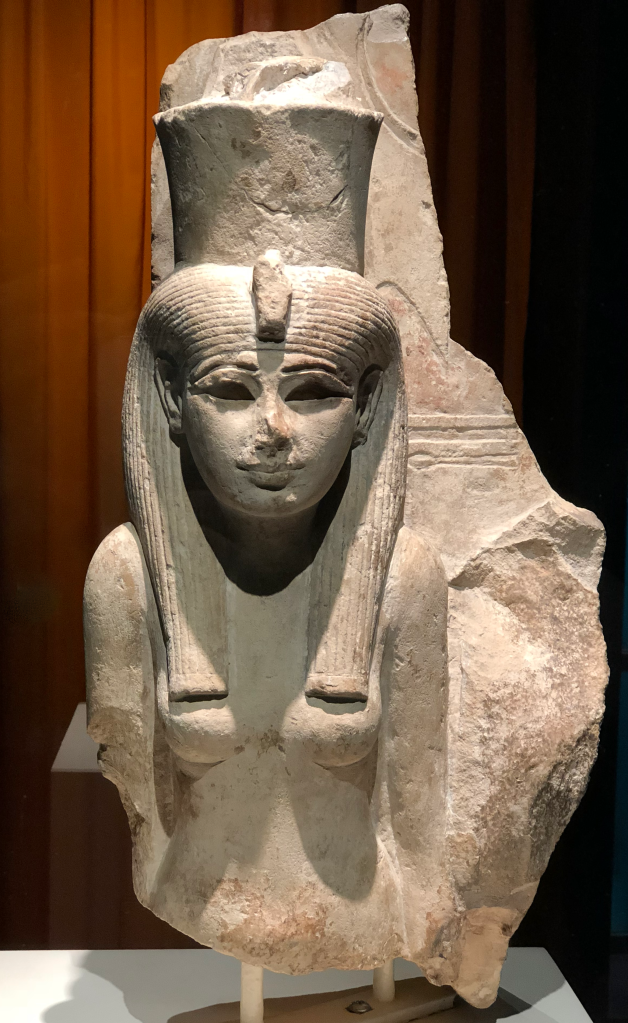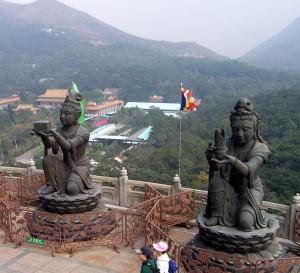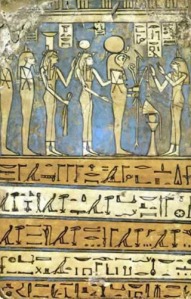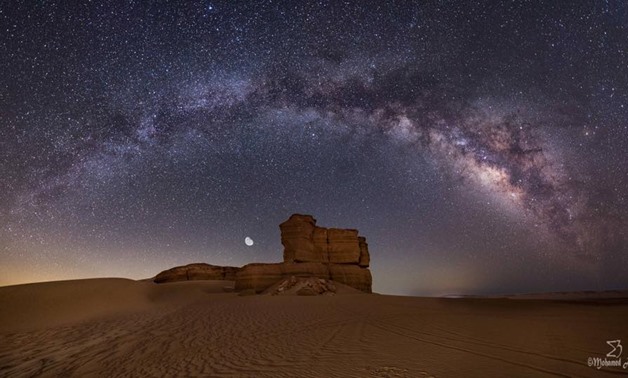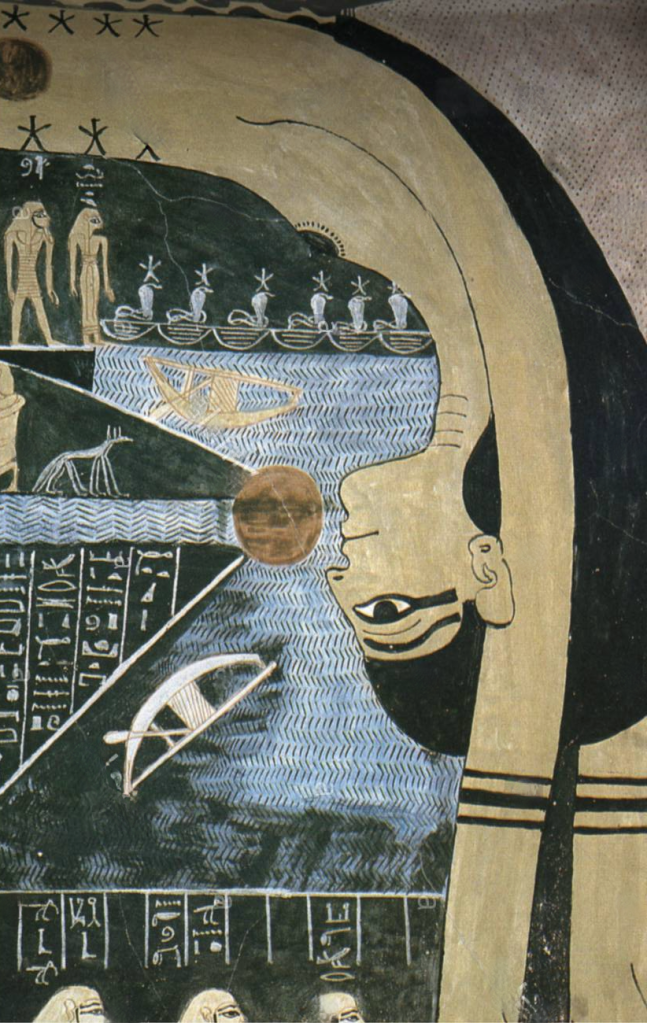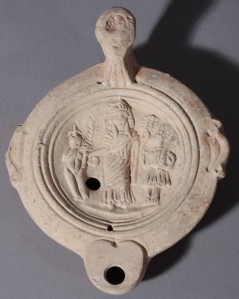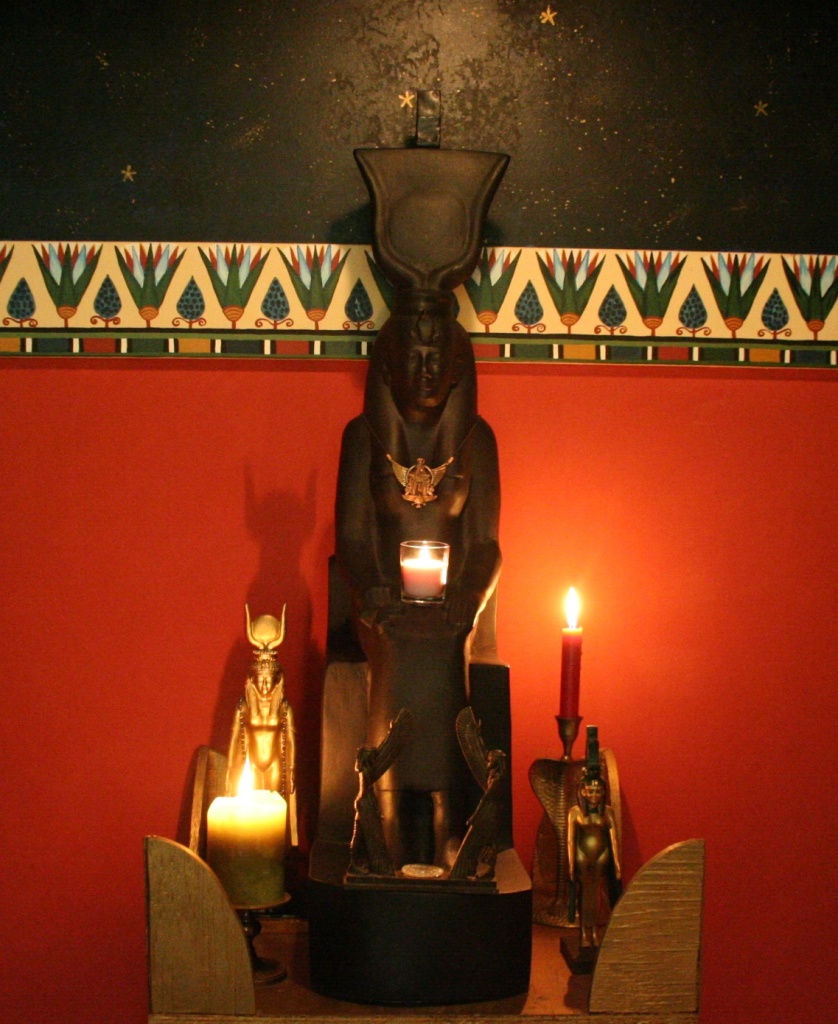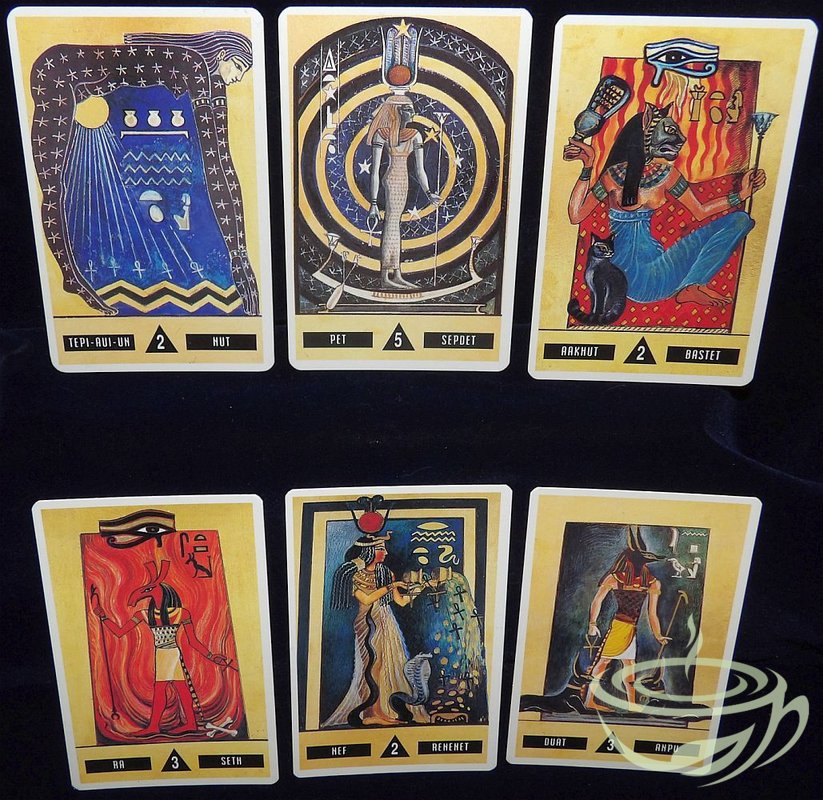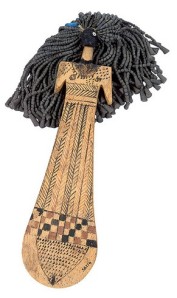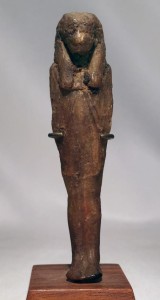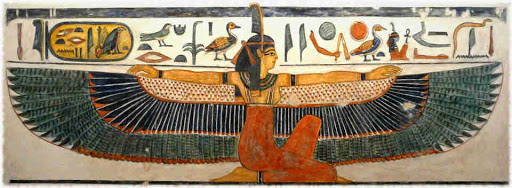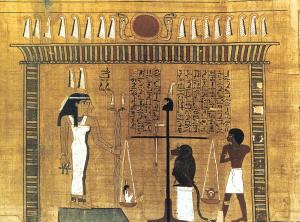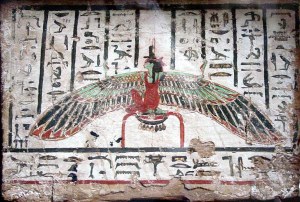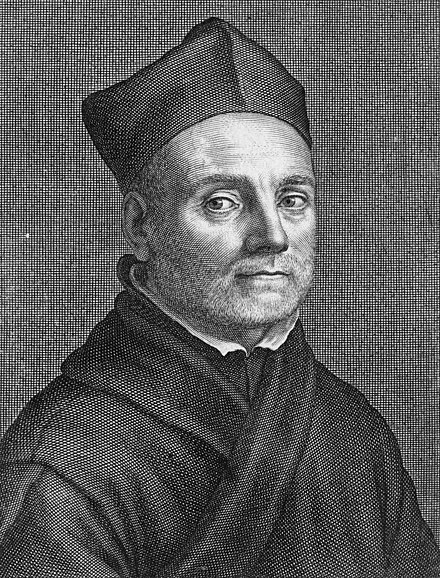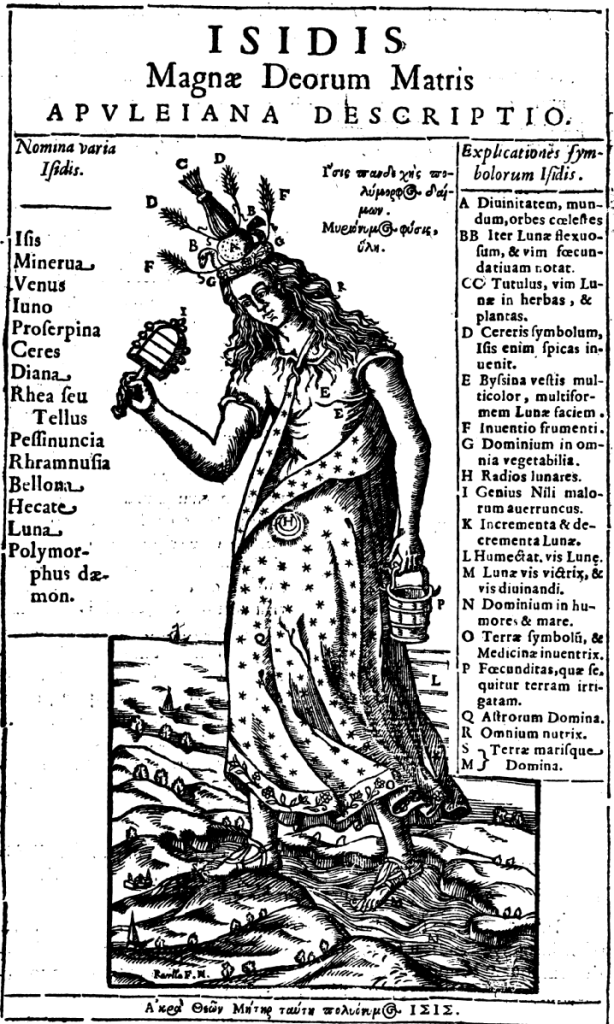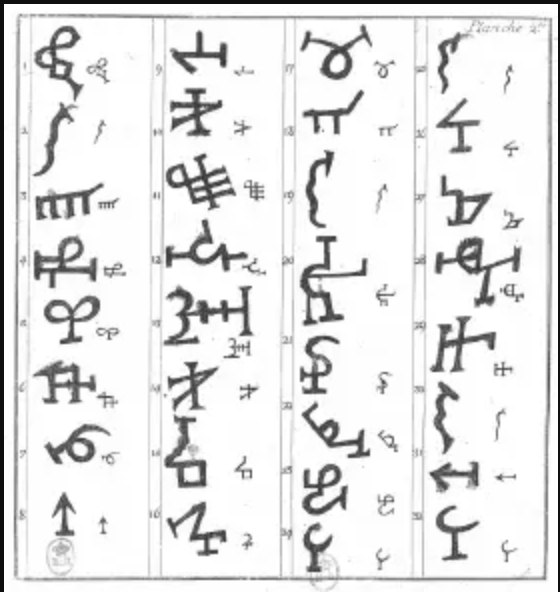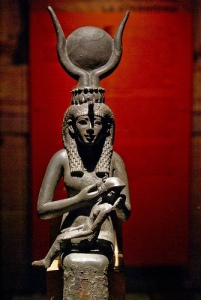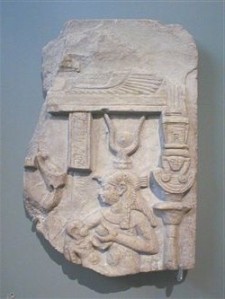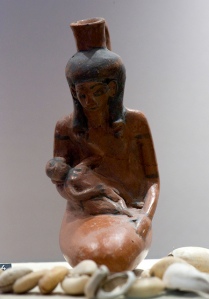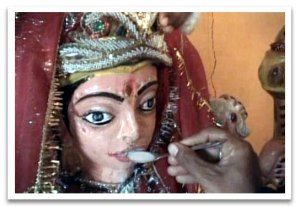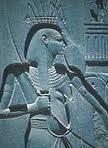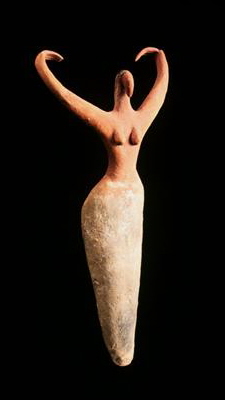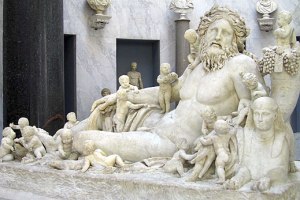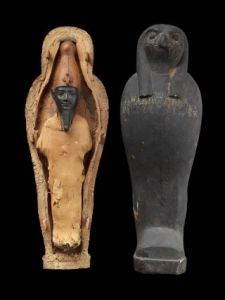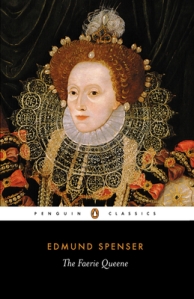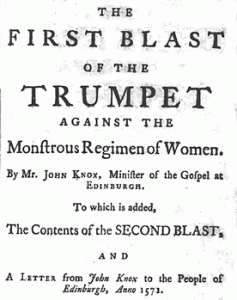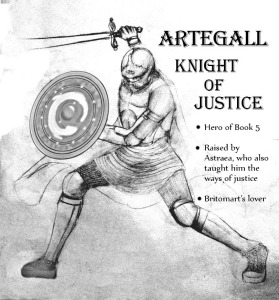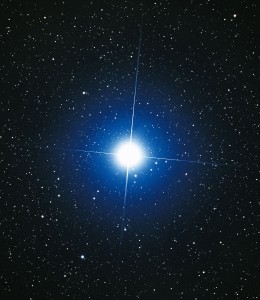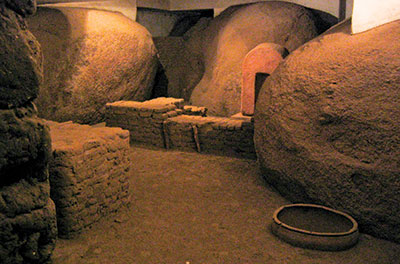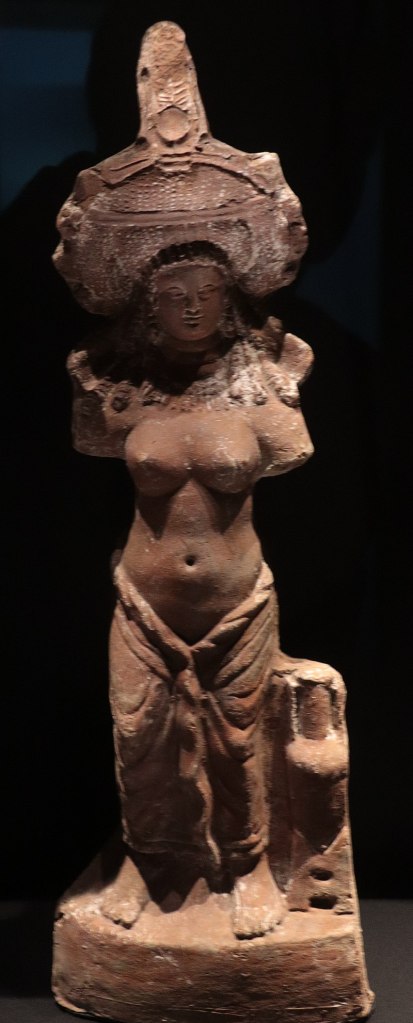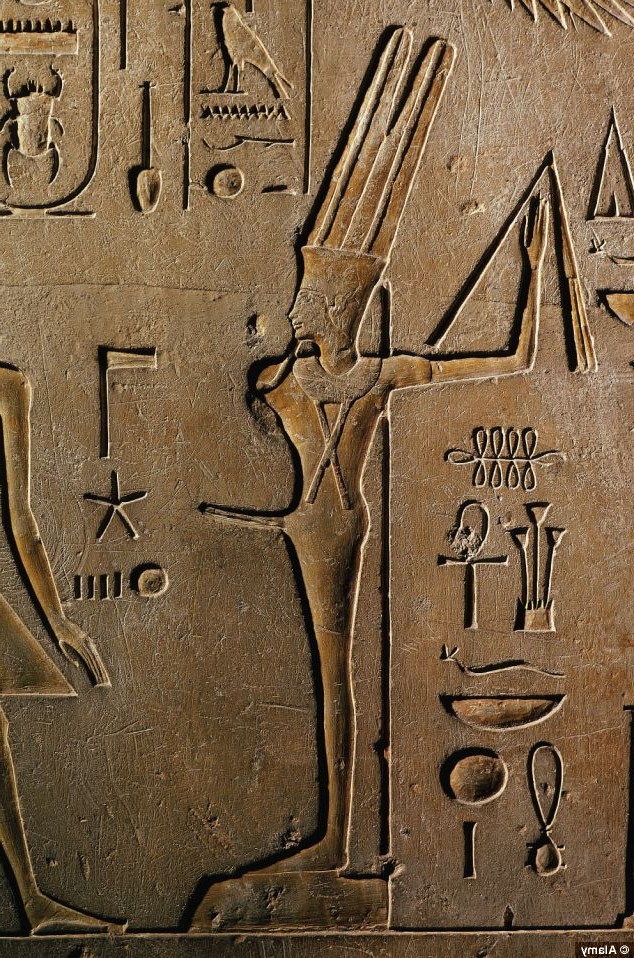Today, let us take a deep, cleansing breath and honor Isis as Lady of the element of Air—of Breath, of Wind, and thus of Spirit.
Indeed, many cultures associate breath, air, and wind with Spirit. For while these things are invisible, they are invisible Powers, and we are intimately touched by their influence. We breathe the air and we live. The wind fills a sail and we move. Wind, air, and breath thus can be seen as manifestations of the invisible powers of the Deities.
Perhaps that is why my favorite title for an Egyptian book of the dead is the Book of Breathings. It is the book “which Isis made for her brother Osiris, to make his ba live, to make his body live, to make young all his members” and it especially emphasizes the importance of breath for resurrection. The Lady of the Breath of Life fans Her wings and puts “wind” into Osiris’ nose. The God lives and His Divine Spirit revives when He “smells the air of Isis.”
In Isis, breath, air, and wind are one.
In the Book of Coming Forth by Day, Isis declares that She comes “with the north wind.” The Goddess and the wind were associated because both were known to bring the cooling, life-giving waters of the Inundation. It was thought that the north wind “dammed up” the Inundation, which flowed from the south, enabling the water to flood and nourish Egyptian fields. So Isis is not only the one Who heralds the Inundation and causes it to flow (as Iset-Sopdet), but Her northerly winds also keep it in place so that it will water and fertilize the fields.
As Iset Mehit, Isis of the North, and Lady of the North Wind, the Goddess brings the sweet-smelling north wind and all good things. Temple texts at Edfu identify Her with the “good north wind.” In the Book of Hours, She is the “living north wind.” Isis is especially found whenever air is active, whether in beating wings or gusting winds. Some stories describe Her mourning cries for Osiris as the wailing and moaning of the winds.
Isis can be a controller of the winds, too, for it is She Who promises the king in the Pyramid Texts (Utterance 669), “the south wind shall be your wet nurse and the north wind shall be your dry nurse.” The wind or breath of Isis can also purify. In the Pyramid Texts (Utterance 510), the deceased is cleansed with a vessel “which possesses the breath of Isis the Great.” In a work by the Roman writer Lucian, Isis is invoked to send the winds.
In the myth of the Contendings of Horus and Set, when the Ennead finally rules in favor of Horus to succeed His father Osiris, Isis sends the north wind—which She both controls and personifies—to bring the good news to Osiris in the underworld.
Isis can also be connected to other directional winds. In the Book of Coming Forth by Day (Chapter 161), the four winds are attributed this way: Osiris is the north wind, Re is the south wind, Isis is the west wind, and Nephthys is the east wind. All of them enter the noses of the deceased and bring them life.

Isis is not the only Deity associated with the winds and air, of course. Wind is also the manifestation of Amun, the Hidden One, of Shu, the God of Air and Light, and of Atum, the Creator. In the Book of Coming Forth by Day, an otherwise unidentified “Great Goddess, Mistress of Winds” brings benefits to the deceased. In the Coffin Texts, the deceased calls himself “Mistress of the Winds in the Island of Joy.” Another tells us that the deceased receives the breath of life from four primordial Maidens associated with the four winds and Who existed “before men were born or the gods existed.” (Formula 162.)
The Book of Coming Forth by Day sometimes shows the deceased holding a sail to catch the breath of life. Since the dead are identified with Osiris, it would make sense that the sail is intended to help them magically catch the air fanned into the dead by the powerful wings of Isis.
In a later period, images of Isis Pharia show the Goddess Herself holding a sail. The billowing sail of Isis Pharia ensures smooth sailing on the seas as in life. Perhaps this later image harks back to Isis’ more ancient attribution as She Who fills the sails of the dead with breath and life.
In Graeco-Roman texts of about the same period as the Isis Pharia images, Isis “hast dominion over winds and thunders and lightnings and snows” and She declares in one of Her aretalogies, “I am the Queen of rivers and winds and sea.”
A second-century-CE papyrus found in Oxyrhynchus, Egypt calls Isis the “true jewel of the wind and diadem of life.” A hymn at the Goddess’ Faiyum temple connects Her with the winds, too: “Whether you have journeyed to Libya or to the south wind, or whether you are dwelling the outermost regions of the north wind ever sweetly blowing, or whether you dwell in the blasts of the east wind where are the risings of the sun…”
In whichever wind She dwells, Isis is always the ancient Lady of the Living Air, Queen of the Winds, Winged Goddess of the Spirit Revivified. From Her we receive our breath and our life.










